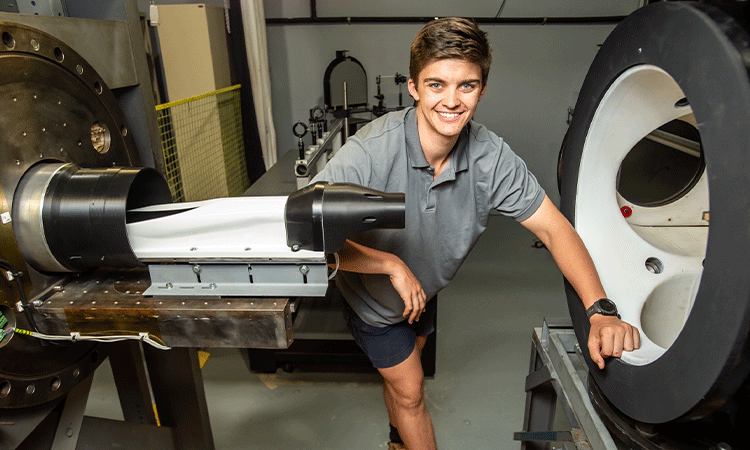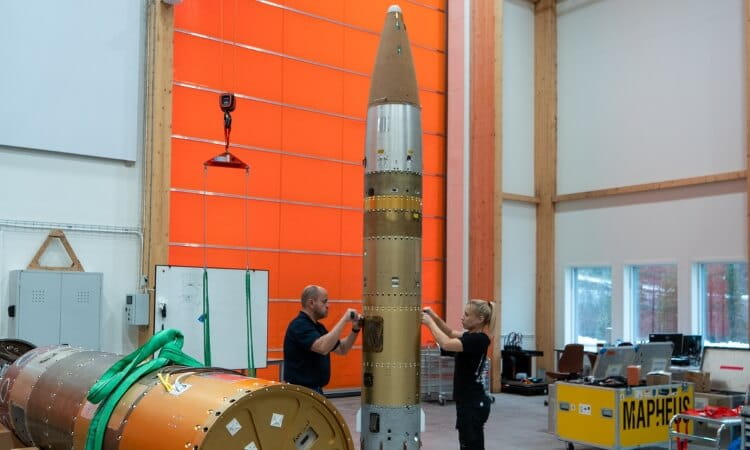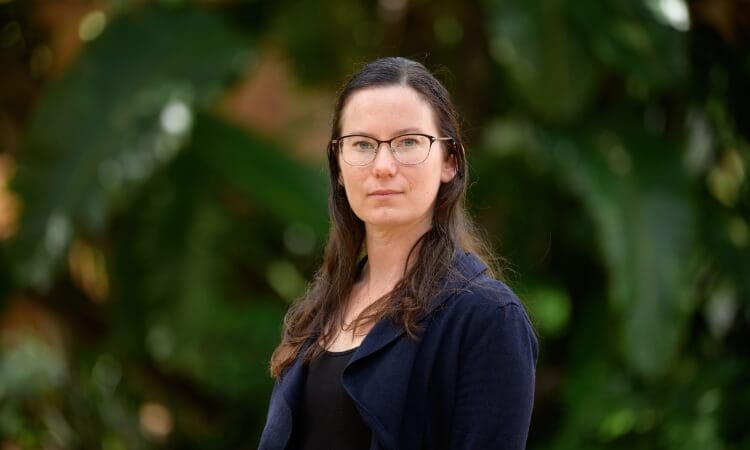Move over “Maverick” from Top Gun, there’s a new fastest man on Earth (and he isn’t flying fictional jets over America).
Instead, Lachlan Noller is working inside a lab at the University of Southern Queensland, which is home to the longest duration hypersonic wind tunnel in Australia.
Here, the 25 year-old young gun has teamed up with the University’s Hypersonics Group to build new technology that could drastically improve the speed of travel.
Their mission: to fly travellers from Sydney to London in under four hours.
“Essentially, what we’re doing is expanding the operation duration of scramjet inlets – super fast, experimental engines that move five times the speed of sound,” Mr Noller said.
“My part involves developing new methods to help re-start scramjets if or when they stop working.”
It’s all part of Mr Noller’s PhD research into high-speed travel, an industry that is soaring in Australia.
“Never did I think in my undergrad that I would sign up for a PhD, but here I am, two years in and working in my dream field,” Mr Noller said.
Born and raised on a cotton property near Cecil Plains, Mr Noller has always been mechanically minded.
From repairing farming equipment to designing new machinery, the PhD candidate is fast becoming a trailblazer in Aerospace Engineering.
“If you’re in your undergrad at the moment and you’re not sure if the traditional stream of Engineering is for you, I’d definitely recommend a PhD,” Mr Noller said.
“At the University of Southern Queensland, we are lucky enough to have Australia’s longest duration hypersonic wind tunnel, as well as leading scientists from across the world.”
Including his supervisor, Dr Fabian Zander, who is at the helm of a number of cutting-edge research projects making waves globally.
“Many teams need to work together to make hypersonic flight possible,” Dr Zander said.
“A lot of it is working on small aspects of these major problems and then trying to pull it all together, which is why we need more PhD candidates.
“A PhD usually takes between three and four years, depending on the topic.
“It’s definitely hard, but it’s also a lot of fun and there are many exciting projects you get to work on which mitigates that hardness.”
This year the University of Southern Queensland was named an Australian Trailblazer university - leading research to boost commercialisation and national capabilities in the space sector.
Find out more about our Institute for Advanced Engineering and Space Sciences.



